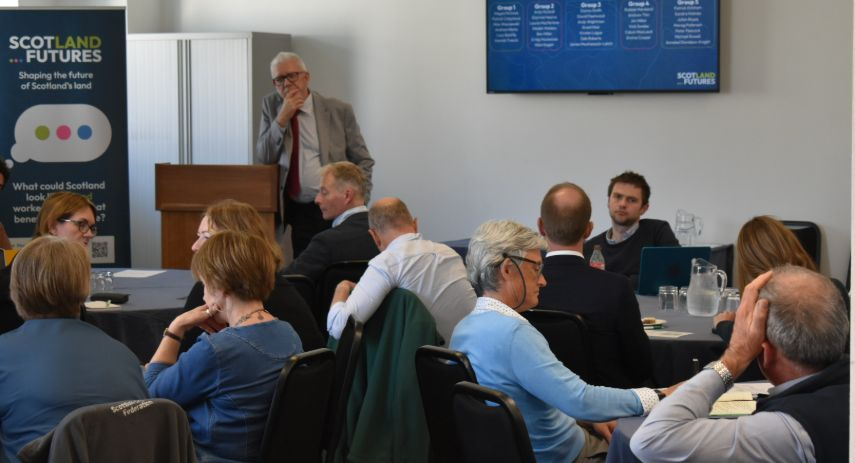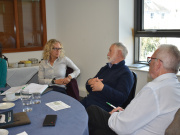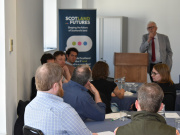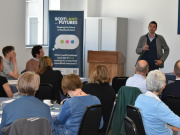
What could a fully reformed approach to land look like for Scotland?
Hamish Trench

Last week we launched ‘ScotLand Futures’, a new initiative exploring what it would look like to complete Scotland’s land reform journey.
Over the last 25 years there’s been real progress in how land is owned, managed and understood in Scotland. But the journey isn’t over. ScotLand Futures is about looking beyond individual laws or policy, to bring the destination of that journey into sharper focus. It asks a big question, opening up space to think about land in ways that connect to everyday life: where we live and work, action on climate, nature and housing, and how decisions about land are made.
Before opening up the public conversation, we held a roundtable in Perth with people already working across different parts of the land system including community leaders, landowners, NGOs and public bodies. The idea was to listen, test our thinking, and begin the discussion.
We heard a wide range of views, but also a sense of shared direction. The phrase ‘much done, much to do’ is probably too neat, but it reflects a broad recognition that a lot has changed, legally and culturally, in our approach to Scotland’s land. But there remains a lot to do if we are really to achieve the ambitions for communities, nature and our economy.
Several key themes of ambition came through:
- Public value from land – how we secure public value from land, through regulation, incentive, and collaboration, and the significant role that public land ownership can play in leading by example.
- Local democracy – how reforming local governance could shift the balance of power in decisions about land.
- Availability of land – being able to access land to build, to grow, to work, as a normal option rather than the exception.
- Using existing levers – a reminder that some of the most effective ways to deliver land reform are not usually labelled ‘land reform’, for example the significant influence that tax and fiscal policy has.
Consistent in the discussions was an appetite to look at big systemic changes. We heard a desire to unlock the kind of transformative actions that will address the big challenges of housing, nature recovery, climate action, local democracy.
Importantly, there was also a sense that reforms are not just about adding expectations or complexity, but are also an opportunity to simplify and reset existing mechanisms to make it easier for communities, landowners and individuals to make good things happen.
One comment in the discussions struck me:
“Nobody wakes up thinking about land reform – but they do worry about rent and local jobs.”
I’m probably one of the few people that does wake up thinking about land reform but this is a good reminder to keep our sights on the outcomes that improve people’s lives.
That is what ScotLand Futures aims to do, to connect to the everyday challenges and ambitions people have for their places and we would like to hear your views. What would a fully reformed approach to land in Scotland look like? What would need to change, and what would success look like in the years ahead? You can find out more about the initiative on the ScotLand Futures page of our website and add your voice to the conversation through our survey.
We hope to gather a wide range of perspectives that will help shape a shared sense of the destination for Scotland’s land reform journey and the next big steps towards it.




